Do I Need a Mold Assessment?
Why It’s a Smart Move to Get a Mold Assessment for Your Home
Mold might be out of sight, but it should never be out of mind. Whether you’re a homeowner, renter, or in the process of buying or selling a house, having a mold assessment done can save you time, money, and headaches down the road. Here’s why investing in a professional mold inspection is a wise decision for your home and your health.
1. Protect Your Health
Mold exposure can lead to a range of health issues—especially for children, the elderly, or anyone with respiratory conditions, allergies, or compromised immune systems. Common symptoms include coughing, sneezing, sinus congestion, skin irritation, and even more serious respiratory problems with long-term exposure. A mold assessment helps you identify hidden mold growth and take steps to reduce indoor air pollution, creating a safer living environment.
2. Catch Hidden Moisture Problems Early
Mold thrives in damp, dark areas—places you might not think to look, like behind walls, under flooring, or in HVAC systems. A professional mold assessor uses specialized tools like moisture meters, thermal cameras, and air sampling equipment to detect mold and the conditions that cause it. Catching these problems early can prevent further damage and costly repairs.
3. Protect Your Property Value
Whether you’re planning to sell your home or just want to maintain it, mold can be a deal-breaker for buyers and a red flag for appraisers. A documented mold assessment and proof of remediation can reassure potential buyers and protect the value of your investment. It’s also a smart move before buying a home, so you don’t inherit someone else’s problem.
4. Avoid Costly Repairs
Unchecked mold growth can lead to serious structural damage. Wood rot, weakened drywall, and HVAC contamination are just a few of the issues that can snowball over time. By identifying mold early, you can address small issues before they turn into major repairs, saving you thousands of dollars in the long run.
5. Peace of Mind
Sometimes a musty smell or allergy symptoms might raise concern, but it’s hard to know the cause without testing. A professional mold assessment provides clarity. You’ll receive detailed results, expert insights, and if necessary, a roadmap for remediation. Knowing what’s going on in your home gives you confidence and peace of mind.
Final Thoughts
Mold assessments aren’t just for when there’s a visible problem—they’re a proactive way to protect your health, your home, and your wallet. At Indoor Air Testing, we specialize in comprehensive mold inspections using cutting-edge technology to deliver accurate results and clear guidance. Whether you’re buying, selling, or simply maintaining your property, schedule an assessment today and breathe easier tomorrow.
